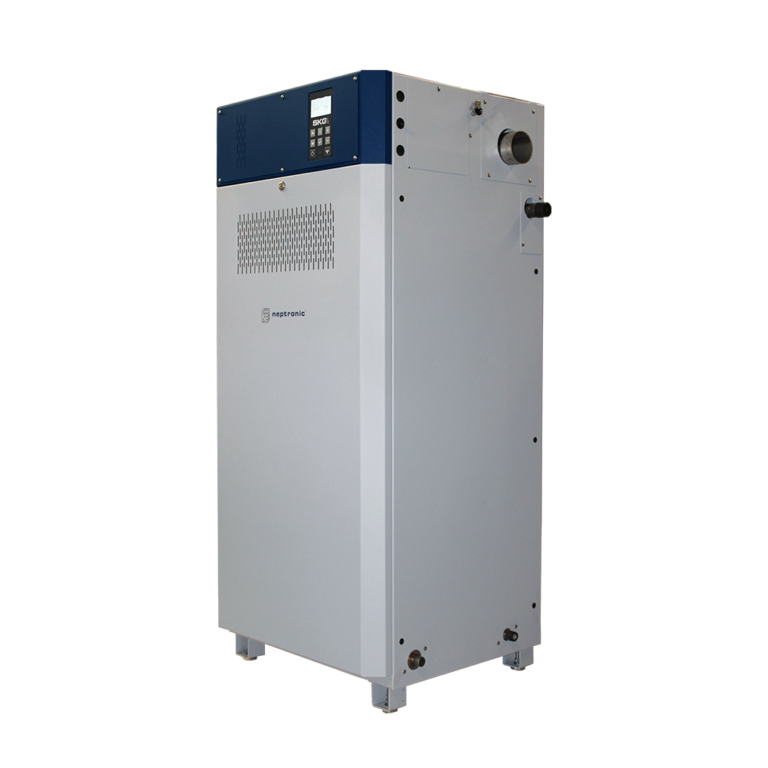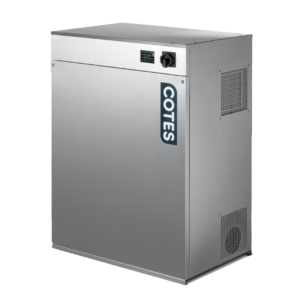Over the last 5-10 years, people have been working indoors a lot more, for longer periods of time, and spending less time outdoors. This change in behaviour has had a knock-on effect on a lot of things, from our overall activity levels to vitamin D deficiency becoming much more common. But one of the things most people don’t realise is that the quality of the air we breathe when we’re at work for 9 hours a day can have a real impact on our concentration, our productivity and our health. We spend 90% of our time indoors at work, so the impact of poor air quality is pretty severe. Which is why we ‘re amazed that there is still no legislation out there setting an acceptable Indoor Air Quality (IAQ) standard for the workplace.
Gradual Decline In Air Quality
Innovation and new technologies are great things, but when they are at the cost of our environment, you have to start asking some questions. Our cities are becoming increasingly polluted by with car fumes, airborne industrial waste and even particles from log burners. All of that heavily polluted air is then being pulled into our buildings through windows, doors and ‘fresh air’ ventilation systems. Some of that air is filtered, but since there is no standard requirement for the level of filtration, there is no way to tell. And with most air conditioning units being used for temperature control instead of air quality, a lot of employees are spending 90% of their time in a workplace with substandard air quality. That might not seem like a major issue, but breathing low-quality air day in, day out can have some pretty negative effects.
The Unseen Effects Of Bad Air Quality
Bad air quality doesn’t just make you cough – the impact is far more widespread than that. For example, having a low relative humidity (below 40%) environment increases the lifespan of airborne pathogens, helping them stay suspended in the air for longer and travel further, spreading infection throughout the workplace. Viruses such as influenza and norovirus survive longer at an RH of 20- 30%, whilst a mid-range RH between 40% and 70% will minimise their survival. Tests also indicate the infectivity of the influenza virus is increased by both low and very high RH, with minimum infectivity at 50% RH. RH has been shown to have a similar effect on airborne bacteria, with intermediate RH levels increasing the mortality rate of airborne pneumococci, streptococci and staphylococci. RH below 40% will also make people feel cold, leading to a rise in heating bills, a wide range of health problems and increased absenteeism.
But, you can’t have your RH too high either. Above 60%, people will start to feel uncomfortable and out of proportion with the actual indoor temperature. This will make people a bit edgy, sweaty and generally unable to focus. This causes people to turn on air conditioning or comfort cooling, sending energy costs through the roof. High humidity also encourages mould growth and condensation, which at best is a temporary slip hazard and at worst can create mildew, mould and all of the associated health-related problems for your employees.
Lack Of Regulation
At the moment there is no specific legislation around air quality in general workplaces. However, a lot of organisations have started to realise the impact air quality can have on employees, and so have been recommending a RH of 40-60% in all commercial workplaces as a standard. These organisations include:
- Humidity Group Of The Hevac Association
- The World Health Organisation
- The National Association Of Optometrists
It’s also the range recommended by BS EN 29241 as the optimum for visual display terminals. Not only that, but these organisations have also recognised the importance of good RH control in office environments, and how much it contributes both to the thermal comfort of employees and the indoor air quality of the workplace.
At Humidity Solutions, we believe that the main barrier to properly addressing these IAQ issues is commercial. We seem to shy away from setting coordinated regulated standards to ensure excellent IAQ as this would result in extra investment in plant and slightly higher running costs due to higher maintenance requirements. Really, what we should be considering as an industry, employers, employees and society as a whole is whether improving IAQ to underpin improved health and wellbeing is worth that investment. Of course, we believe it is. If you would like to find out more about how to improve IAQ in your workplace, just get in touch with us today.

